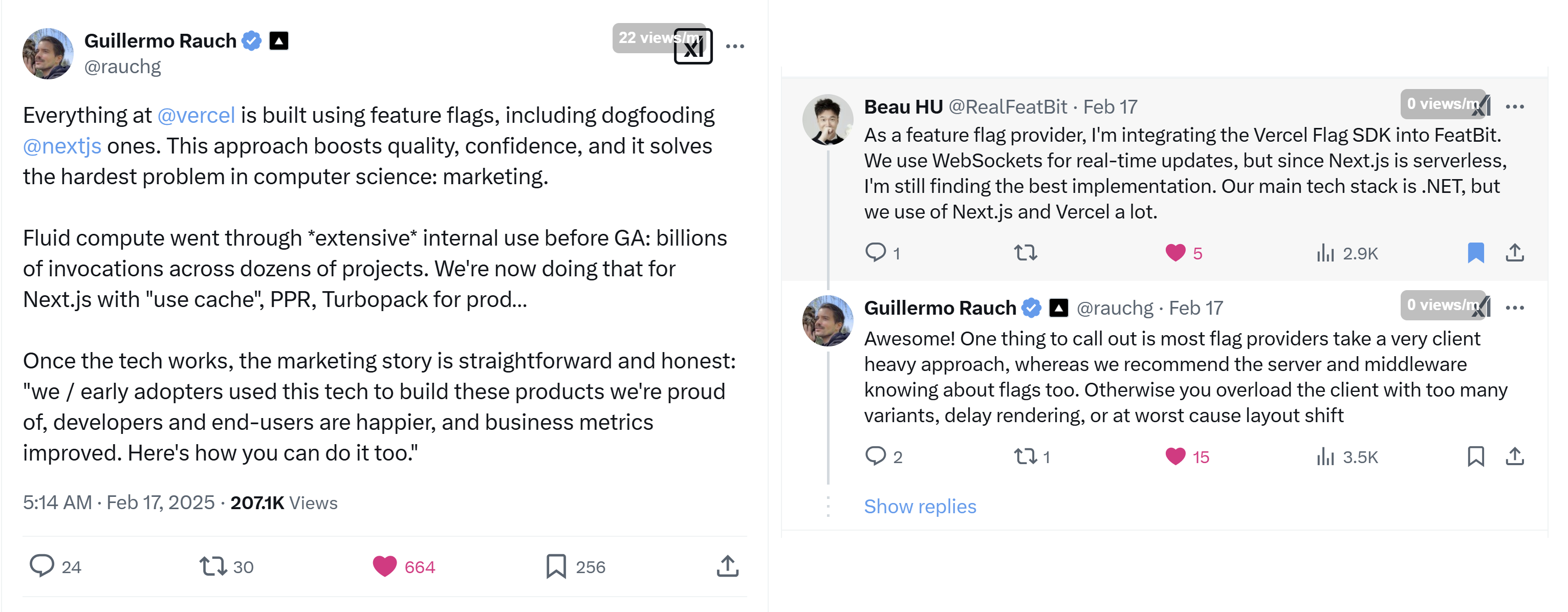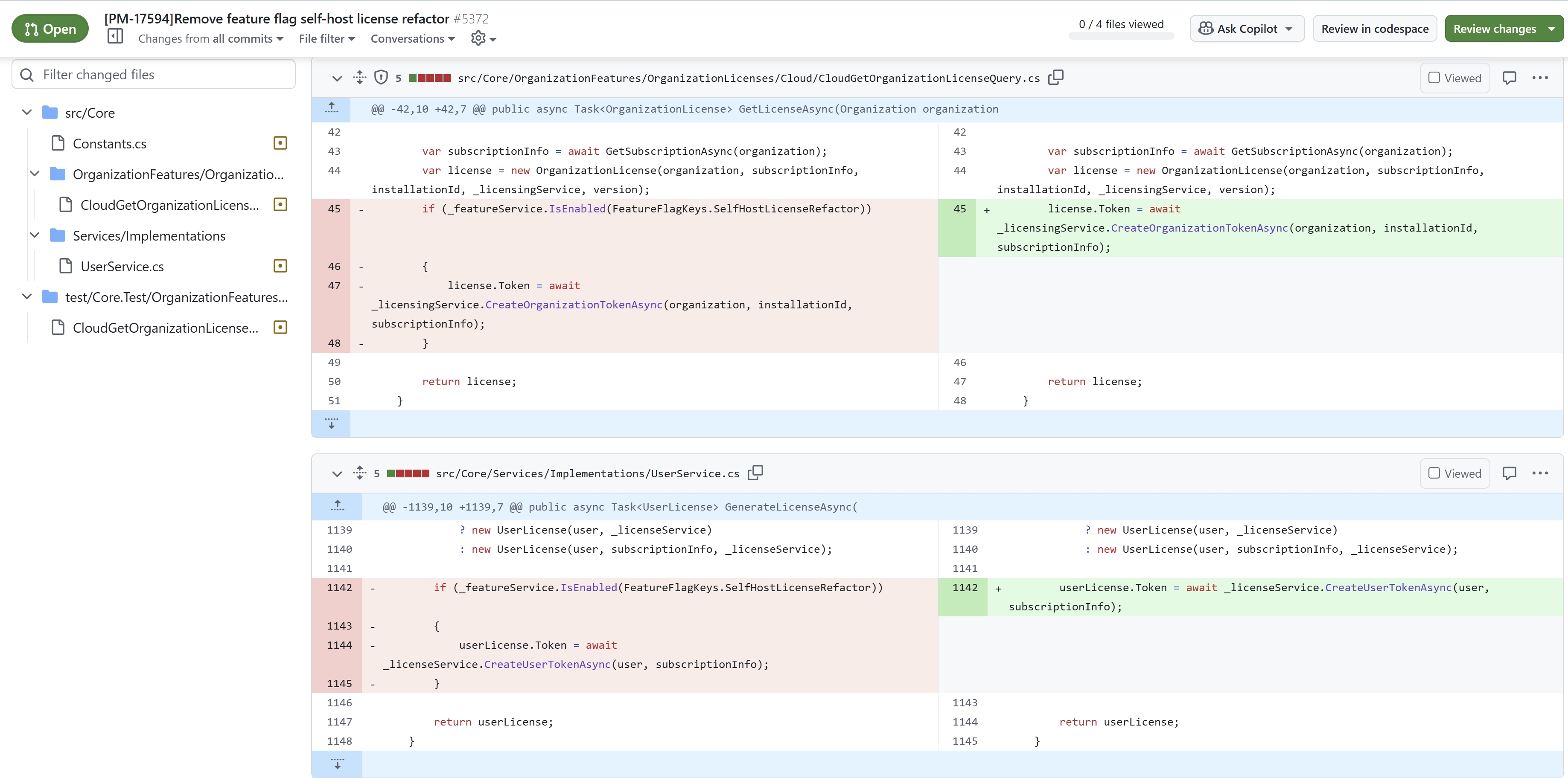Introduction
Many teams don't use feature flags and aren't even familiar with what they are. One of the most frequent questions they ask is, 'Who is using feature flags in production?' A real-world example of who is using them and how they use feature flags is more likely to convince them to try using feature flags in their production environment. This article will provide some examples of leading tech companies that are using feature flags in production.
GitHub team
GitHub team wrote an article about how they use feature flag to ship code faster and safer with feature flag. They use feature flags to reduce deployment risks, enabling changes in production with minimal impact. Flags allow incremental feature development, small batch reviews, and faster rollbacks. They are used for isolating changes, testing new features, and managing different shipping strategies like staff shipping and early access groups. Despite additional planning and runtime costs, feature flags help GitHub ship code faster and with higher confidence.

JetBrains team
GitHub team wrote an article about how they use feature flags to gradually roll out new functionality with minimal risk. Feature flags allow them to deploy features to production early, test with internal users, and gather feedback before enabling it for all users. The flags are linked to issues for easy tracking and management. Features are toggled per user, team, or organization, with real-time updates. Feature flags help avoid long-lived branches and reduce merge conflicts while enabling faster deployment.

Vercel team
Guillermo Rauch (CEO of Vercel) has tweeted about how they use feature flags in production:
"Everything at @vercel is built using feature flags, including dogfooding @nextjs ones. This approach boosts quality, confidence, and it solves the hardest problem in computer science: marketing.
Fluid compute went through extensive internal use before GA: billions of invocations across dozens of projects. We're now doing that for Next.js with "use cache", PPR, Turbopack for prod…
Once the tech works, the marketing story is straightforward and honest: "we / early adopters used this tech to build these products we're proud of, developers and end-users are happier, and business metrics improved. Here's how you can do it too."
I was trying to implement FeatBit with Vercel Flag SDK, so I left a comment and got Guillermo's reply:

My Question: As a feature flag provider, I'm integrating the Vercel Flag SDK into FeatBit. We use WebSockets for real-time updates, but since Next.js is serverless, I'm still finding the best implementation. Our main tech stack is .NET, but we use of Next.js and Vercel a lot."
His reply: "Awesome! One thing to call out is most flag providers take a very client heavy approach, whereas we recommend the server and middleware knowing about flags too. Otherwise you overload the client with too many variants, delay rendering, or at worst cause layout shift"
Bitwarden
I was browsing the web to find out how other .NET teams use feature flags in their products. Luckily, I found a very famous product, Bitwarden, which provides the best password manager for securely storing, managing, and sharing sensitive online data such as passwords, passkeys, and credit cards.
By looking into its open-source project's pull requests, I discovered many real-world practices of using feature flags. Here is one of the pull requests where they remove a stale feature flag across multiple files:
https://github.com/bitwarden/server/pull/5372/files

If you check its issues and pull request history, you will see that many feature flags have been used in their product development.
Linear
Tuomas Artman in Linear has post a tweet about how they use feature flags to incrementally work on new functionalities. In that post, it told that the new design was implemented using 430 feature flags. During the entire process they were able to easily switch between new and previous designs.
Concolusion
I will continue to update the list of companies using feature flags in production. If you have any information about other companies, please let me know, and I will add them to this article.